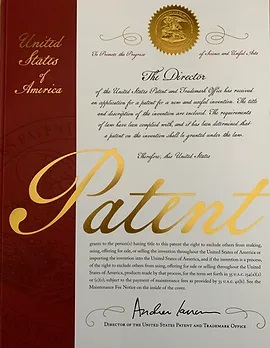What are the different types of Intellectual Property?
Patents – protect new or improved inventions or innovations; (utility, plant, design)
Copyrights – protect the expression of ideas and concepts in a “fixed and tangible” medium
Trademarks – protect the public as to the source of goods and services
Trade Secrets – protect confidential information
Disclaimer
This is not Legal Advice and should not be construed as an engagement or offer of legal advice. These are only sample Q&A related to patents and trademarks. Protection and enforcement of IP property rights is subject to the nuances of circumstance and complexity of the law.







